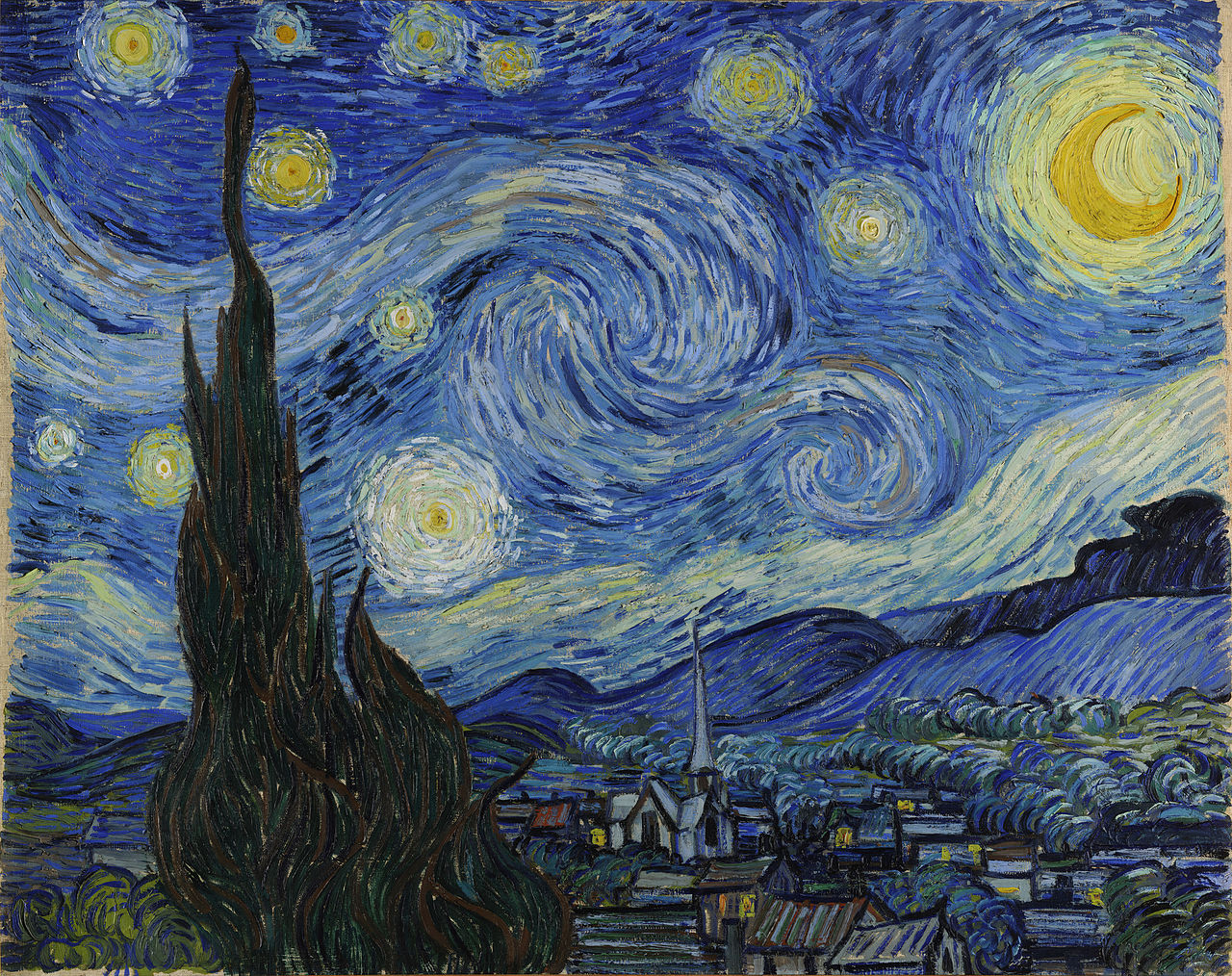Learning 3D Representations of Molecular Chirality with Invariance to Bond Rotations
This directory contains the model architectures and experimental setups used for ChIRo, SchNet, DimeNet++, and SphereNet on the four tasks considered in the preprint:
Learning 3D Representations of Molecular Chirality with Invariance to Bond Rotations
These four tasks are:
- Contrastive learning to cluster conformers of different stereoisomers in a learned latent space
- Classification of chiral centers as R/S
- Classification of the sign (+/-; l/d) of rotated circularly polarized light
- Ranking enantiomers by their docking scores in an enantiosensitive protein pocket.
The exact data splits used for tasks (1), (2), and (4) can be downloaded from:
https://figshare.com/s/e23be65a884ce7fc8543
See the appendix of "Learning 3D Representations of Molecular Chirality with Invariance to Bond Rotations" for details on how the datasets for task (3) were extracted and filtered from the commercial Reaxys database.
This directory is organized as follows:
-
Subdirectory
model/contains the implementation of ChIRo.-
model/alpha_encoder.pycontains the network architecture of ChIRo -
model/embedding_functions.pycontains the featurization of the input conformers (RDKit mol objects) for ChIRo. -
model/datasets_samplers.pycontains the Pytorch / Pytorch Geometric data samplers used for sampling conformers in each training batch. -
model/train_functions.pyandmodel/train_models.pycontain supporting training/inference loops for each experiment with ChIRo. -
model/optimization_functions.pycontains the loss functions used in the experiments with ChIRo. -
Subdirectory
model/gnn_3D/contains the implementations of SchNet, DimeNet++, and SphereNet used for each experiment.model/gnn_3D/schnet.pycontains the publicly available code for SchNet, with adaptations for readout.model/gnn_3D/dimenet_pp.pycontains the publicly available code for DimeNet++, with adaptations for readout.model/gnn_3D/spherenet.pycontains the publicly available code for SphereNet, with adaptations for readout.model/gnn_3D/train_functions.pyandmodel/gnn_3D/train_models.pycontain the training/inference loops for each experiment with SchNet, DimeNet++, or SphereNet.model/gnn_3D/optimization_functions.pycontains the loss functions used in the experiments with SchNet, DimeNet++, or SphereNet.
-
-
Subdirectory
params_files/contains the hyperparameters used to define exact network initializations for ChIRo, SchNet, DimeNet++, and SphereNet for each experiment. The parameter .json files are specified with a random seed = 1, and the first fold of cross validation for the l/d classifcation task. For the experiments specified in the paper, we use random seeds = 1,2,3 when repeating experiments across three training/test trials. -
Subdirectory
training_scripts/contains the python scripts to run each of the four experiments, for each of the four 3D models ChIRo, SchNet, DimeNet++, and SphereNet. Before running each experiment, move the corresponding training script to the parent directory. -
Subdirectory
hyperopt/contains hyperparameter optimization scripts for ChIRo using Raytune. -
Subdirectory
experiment_analysis/contains jupyter notebooks for analyzing results of each experiment. -
Subdirectory
paper_results/contains the parameter files, model parameter dictionaries, and loss curves for each experiment reported in the paper.
To run each experiment, first create a conda environment with the following dependencies:
- python = 3.8.6
- pytorch = 1.7.0
- torchaudio = 0.7.0
- torchvision = 0.8.1
- torch-geometric = 1.6.3
- torch-cluster = 1.5.8
- torch-scatter = 2.0.5
- torch-sparce = 0.6.8
- torch-spline-conv = 1.2.1
- numpy = 1.19.2
- pandas = 1.1.3
- rdkit = 2020.09.4
- scikit-learn = 0.23.2
- matplotlib = 3.3.3
- scipy = 1.5.2
- sympy = 1.8
- tqdm = 4.58.0
Then, download the datasets (with exact training/validation/test splits) from https://figshare.com/s/e23be65a884ce7fc8543 and place them in a new directory final_data_splits/
You may then run each experiment by calling:
python training_{experiment}_{model}.py params_files/params_{experiment}_{model}.json {path_to_results_directory}/
For instance, you can run the docking experiment for ChIRo with a random seed of 1 (editable in the params .json file) by calling:
python training_binary_ranking.py params_files/params_binary_ranking_ChIRo.json results_binary_ranking_ChIRo/
After training, this will create a results directory containing model checkpoints, best model parameter dictionaries, and results on the test set (if applicable).




